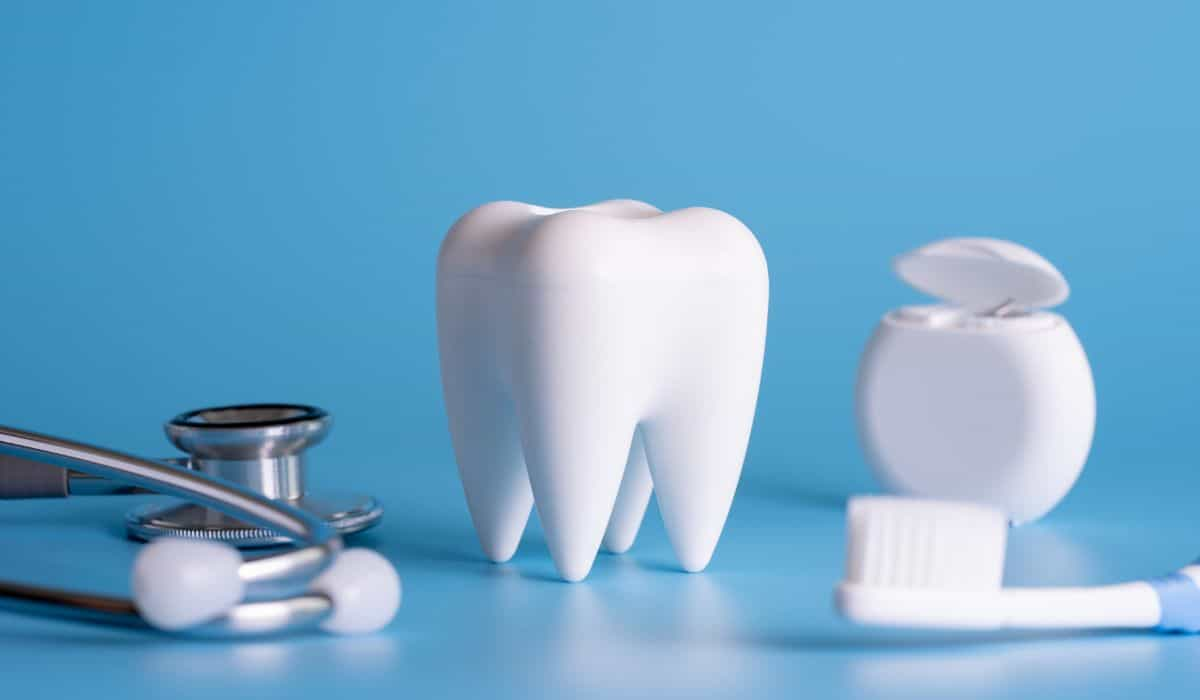Maintaining proper dental hygiene is paramount for overall oral health and well-being. Alongside daily brushing and flossing, seeking professional dental care for preventive treatments plays a crucial role in preventing tartar-related gum diseases such as periodontitis and gingivitis. Understanding the significance of dental hygiene and available dental treatments can help individuals prioritize their oral health and prevent potentially serious dental issues.
Dental Hygiene:
Regular dental hygiene practices, including brushing teeth at least twice daily and flossing once a day, are essential for removing plaque – a sticky film of bacteria – from teeth and along the gumline. However, even with diligent home care, plaque can harden into tartar (calculus) over time, leading to gum inflammation, decay, and gum diseases if left untreated.

Professional Dental Treatments:
- Dental Cleanings: Professional dental cleanings, performed by dental hygienists or dentists, involve removing tartar buildup from teeth using specialized instruments. These cleanings reach areas that are difficult to access with regular brushing and flossing, helping to prevent gum diseases and maintain oral health.
- Scaling and Root Planing: For individuals with more advanced tartar buildup and signs of gum disease, scaling and root planing may be recommended. This deep cleaning procedure involves removing tartar from below the gumline (scaling) and smoothing the root surfaces to promote gum tissue reattachment and healing (root planing).
- Fluoride Treatments: Fluoride treatments help strengthen tooth enamel, making it more resistant to decay and acid erosion. Professional fluoride applications, typically in the form of gels, foams, or varnishes, are beneficial for individuals at higher risk of cavities or enamel erosion.
- Antimicrobial Mouthwashes: Antimicrobial mouthwashes containing ingredients such as chlorhexidine or essential oils can help reduce plaque and bacteria in the mouth, complementing daily oral hygiene practices and preventing gum diseases.
Preventing Periodontitis and Gingivitis:
Periodontitis and gingivitis are common gum diseases caused by bacterial infection and inflammation of the gums, often resulting from untreated tartar buildup. These conditions can lead to gum recession, tooth loss, and even systemic health issues if left untreated. By prioritizing dental hygiene and seeking preventive dental treatments, individuals can significantly reduce their risk of developing gum diseases and maintain healthy smiles for years to come.
Regular dental check-ups, typically every six months, allow dentists to assess oral health, detect early signs of gum disease or other dental issues, and recommend appropriate treatments or interventions. By partnering with a dental professional and practicing consistent dental hygiene habits, individuals can proactively protect their oral health and prevent tartar-related gum diseases, ensuring a lifetime of healthy smiles and overall well-being.
You may also like
Exploring Techniques for Teeth Whitening
Teeth whitening has evolved significantly in recent years, with the development of advanced techniques that offer effective and efficient results. These cutting-edge methods utilize innovative technologies to brighten smiles and enhance overall dental aesthetics. Understanding how these techniques work and the timeline for achieving results can help individuals make informed decisions about their teeth whitening… Continue reading Exploring Techniques for Teeth Whitening
Understanding Dental Implant Types and Techniques for Senior
For senior adults over 55, dental implants offer a transformative solution to restore oral function and aesthetics, often surpassing traditional dentures or bridges in durability and comfort. Different types and techniques of dental implants cater to the unique needs and considerations of this demographic, ensuring optimal outcomes for improved oral health and quality of life.… Continue reading Understanding Dental Implant Types and Techniques for Senior
Understanding Types of Adult Dental Aligners: How They Work and Expected Results
Adult dental aligners have become increasingly popular for correcting teeth misalignment and achieving a straighter smile without the need for traditional braces. These aligners offer various types and approaches to suit different alignment issues and patient preferences, each with its unique mechanism of action and timeline for results. Types of Adult Dental Aligners: How They… Continue reading Understanding Types of Adult Dental Aligners: How They Work and Expected Results
What You Need To Know about Dental Implants
Dental implants have become a popular and effective solution for adults under 55 who are missing teeth or seeking to replace damaged teeth. These implants offer a permanent and natural-looking alternative to traditional dentures or bridges. Understanding the various types and techniques of dental implants can help individuals make informed decisions about their oral health.… Continue reading What You Need To Know about Dental Implants
Dental Aligners and Orthodontic Appliances for Children
Invisible dental aligners for adults and orthodontic appliances for children are two distinct yet effective solutions for correcting teeth misalignment and achieving optimal oral health. Each type of treatment offers unique benefits and functionalities tailored to the specific needs of adults and children. Invisible Dental Aligners for Adults: Invisible dental aligners, such as Invisalign, are… Continue reading Dental Aligners and Orthodontic Appliances for Children
